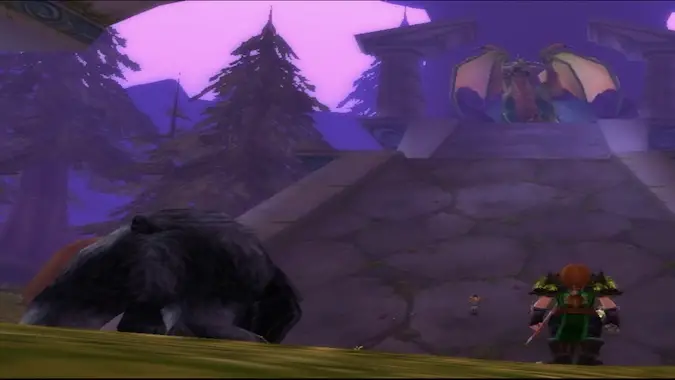The 9 best spells returning to Azeroth in WoW Classic
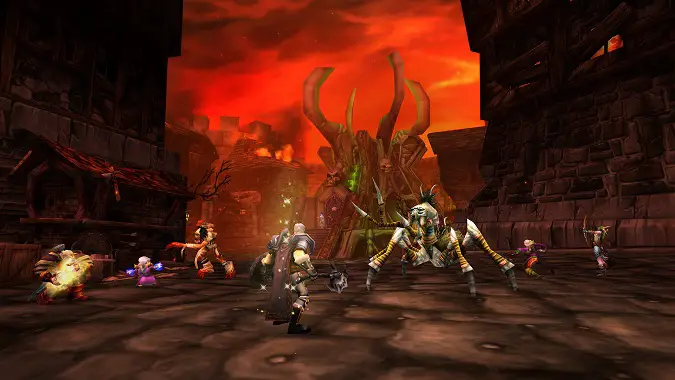
The WoW Classic beta is here! In some ways, it feels like WoW Archivist is becoming unnecessary. Soon we will all be living in a world where WoW Classic is fully playable, and in time perhaps, The Burning Crusade and Wrath of the Lich King too. It’s amazing to think about.
Currently, however, Classic is level capped, so we can’t experience most of the game. There’s so much to look forward in the Classic experience: endgame dungeons like Blackrock and Dire Maul, the old Alterac Valley, opening the Gates of Ahn’Qiraj, legendary weapons like Sulfuras and Thunderfury, class-specific mount and weapon questlines (for some), the challenging “Tier 0.5” quests, and so much more.
Most exciting of all, we’ll be doing all of that with the Classic version of classes: their original talent trees and their original collection of spells. We’ve lost so many amazing things from our Classic spellbook. Here are my picks for the best spells for each class that will “return” in Classic.
Druid: Insect Swarm
Few spells have so perfectly captured function with fantasy as Insect Swarm. This talent not only did damage over time, but also increased the target’s chance to miss with melee or ranged attacks. It makes sense: if you were getting pincushioned by bees, you’d have a hard time hitting anything. This debuff was a nice bonus to your tank’s survivability against any boss with a melee attack, which in Classic was almost all of them.
Insect Swarm was originally the 11-point talent in the Restoration tree, where it felt a little odd, but it was moved to Balance in patch 2.0. Blizzard removed the chance to hit debuff in Wrath. Swarm later became a baseline spell in Cataclysm but it was removed from the game in Mists.
Hunter: Eyes of the Beast
WoW Classic was a lot more dangerous than the modern version. Open world enemies were far more difficult. Dungeons were outright scary at times, with lots of patrols moving around and all those trash mobs rapidly respawning behind you. Some raids even featured patrolling bosses.
If you wanted to know what was around a corner or you needed a failsafe way to pull something, Eyes of the Beast was your best friend. Combined with Feign Death, Hunters could pull anything with little risk to themselves or their group. If anything went wrong, you’d let your pet die, Feign, and reset it all.
For this reason, Hunters were the premier pullers in raid groups, especially in chaotic environments like Molten Core. Pulling Baron Geddon into Garr’s room with Eyes of the Beast was the standard way to start the encounter.
Plus, it was just fun to take control of your pet for a while. There was also a way to leave a flight path in midflight with the spell, but this was an unintended use and Blizzard patched it out pretty early in Classic.
Mage: Amplify and Dampen Magic
These two buff spells were functional opposites. Amplify Magic increased healing taken but also increased damage taken from spells. Dampen Magic decreased healing taken but also decreased damage taken from spells. The two spells embodied the class fantasy of a Mage with control over the very essence of magic itself.
These weren’t spells that you used for every encounter, but their niche uses were very helpful. Mages enjoyed using them strategically when an encounter could really benefit, such as buffing everyone with Amplify with the boss only did physical damage. Mages also made good use of these spells in PVP. Dampen was great when you were solo questing on a PVP realm. Amplify was handy when fighting a physical class with a healer nearby.
It was quite a pain to buff an entire 40-player raid when needed. However, that was true of most buff spells when WoW first launched. Blizzard never added a raid-wide version of the spell like they did for Arcane Brilliance and other essential buffs. Both spells were removed in Cataclysm.
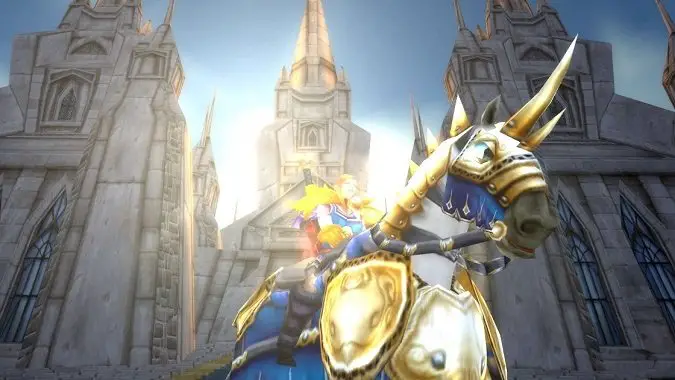
Paladin: Divine Intervention
For some players, Divine Shield and Divine Intervention were the two biggest reasons to play a Paladin — it certainly wasn’t the compelling “buff everyone, heal for a little bit, and then buff everyone again” gameplay of Classic. Divine Intervention, like so many of the spells on this list, was perfect class fantasy — the Paladin gave his or her life to save a comrade. The spell granted total immunity for 3 minutes, but the target was unable to cast spells or move. This seems a bit useless at first glance, but in practice it was a lifesaver.
The most common use was for a Paladin to use it on a healer when the raid was about to wipe. The healer with the shield couldn’t be attacked, so when everyone else was dead, the boss would reset. The healer could then click off the DI buff and resurrect the rest of the raid. Given how fast trash liked to respawn in Classic, this was a big deal.
DI was also a handy spell to prevent a tank or healer from dying, which could mean the difference between victory and a 1% wipe. In battlegrounds, DI could help your team stall and wait for help.
You didn’t get to use it very often in Classic. The cooldown was a whopping 60 minutes. DI was another casualty of Cataclysm, but to be fair, Blizzard had pretty good reason to remove it. It often caused bosses to wig out and fail to reset properly, and DI was directly responsible for some regrettable exploits.
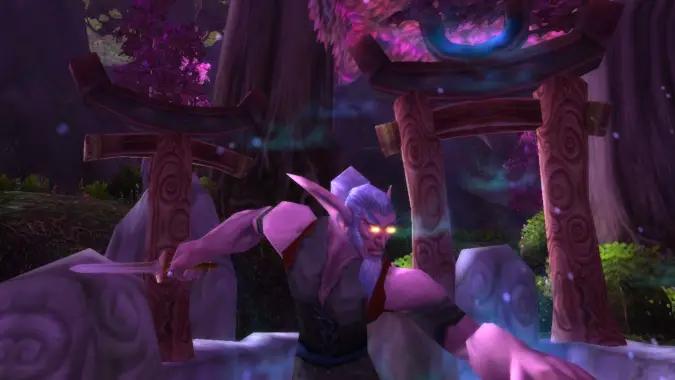
Priest: Priest racials
It’s hard to pick just one for Priest. Divine Spirit single-handedly made Discipline Priests desirable in raids, but it wasn’t that exciting to use. The most interesting thing about Priests in Classic was that every race of Priest had two race-specific Priest spells. Dwarves and Humans both had Desperate Prayer, but all the others were unique to the race.
Of these, the most fun were the Forsaken’s Devouring Plague — which was great for solo questing and PVP and later became a Shadow spell for all Priests — and Night Elves’ Starshards — which had a sweet Elune-style visual effect. The most desired racial in raid groups was the Dwarf spell Fear Ward. Many Classic bosses loved to fear the tanks, sending them out of position and making them vulnerable to attacks they couldn’t parry. Fear Ward was so important that Blizzard gave the spell to all priests in The Burning Crusade.
Blizzard eventually ditched the idea of Priest racials. Players usually didn’t figure out that they chose the “wrong” race for priest until they tried to join a raid guild at level 60. You couldn’t just buy a race change back then. You had to start over from scratch. It was a feels-bad moment for sure.
It would be amazing if Blizzard brought this concept back, either to Priests alone or to all classes, now that race changing is easier.
Rogue: Ghostly Strike
Ghostly Strike came back in Legion, but with a boring damage modifier. In Classic, the original Ghostly Strike was like a mini-Evasion that you could use every 20 seconds. It was the 11-point talent in the Subtlety tree.
There’s a reason why Rogues were often the “emergency tank” in Classic PVE. For one thing, they were usually the first to get aggro after a tank went down… But between Evasion, the dodge and parry bonuses from the Combat tree, original GS, and Vanish to eventually escape, a Rogue could tie up a boss and survive for longer than most other non-tanking classes. Against trash they had even more tools with all the crowd control available to them.
The very first version of Ghostly Strike did damage to the Rogue to compensate for the dodge bonus, but that was removed halfway through Classic.
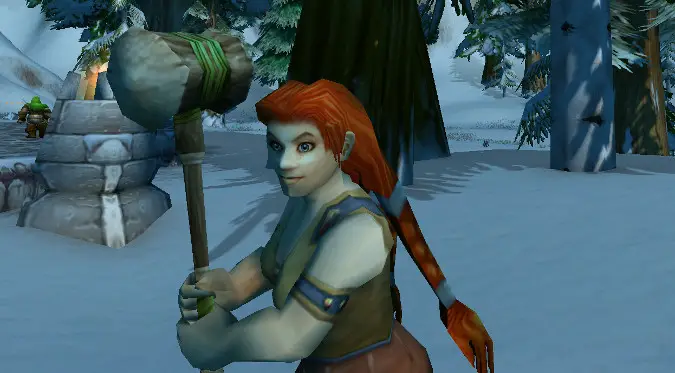
Shaman: Two-Handed Axes and Maces
Okay, so this is technically not a spell but a passive talent. Still it gets my vote for what I miss most about the Classic Shaman toolkit. Those nasty two-handed Windfury procs were a sight to behold.
In PVP, you could basically “one-shot” an undergeared player with a lucky string of Windfury crits — it’s understandable why Blizzard removed this as an option from the class. I just wish Blizzard had figured out a way to keep the aesthetic of a two-handed weapon, if not the insane damage potential with Windfury. Lacking this option, Enhancement has never felt the same.
Warlock: Ritual of Doom
The original version of Ritual of Doom was as hardcore as you could get: to summon a Doomguard, one player participating in the spell would randomly die. Doomguards were a bigger deal back then, and the minion you brought out was pretty powerful. It wasn’t the most practical spell in every situation, but my friends and I made good use of it at times when we couldn’t kill a powerful group quest mob or dungeon boss and we had a rezzing class on hand.
The Warlock had to enslave the Doomguard as soon as it was summoned. It was hilarious when the Warlock forgot or the spell failed and the Doomguard went rampaging through its summoners. Once you had it Enslaved, it would eventually break out and you would have to kill it. Sometimes we’d kill the mob or boss and die to the Doomguard. Mission accomplished! No other spell in WoW Classic encapsulated the Warlock class fantasy quite like Ritual of Doom.
Blizzard sort of brought this spell back for the Warlock class hall in Legion, but you use it to summon a boss you can kill for special drops. And yes, one of the players still dies.
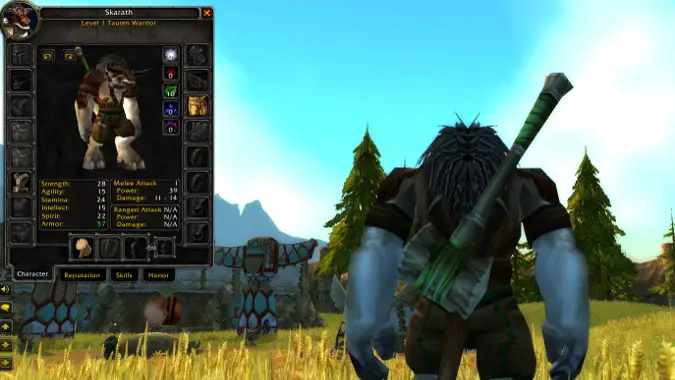
Warrior: Challenging Shout
Challenging Shout was Warrior’s “taunt all the things” button. So many raid and dungeon strategies made use of this spell. CS was one of the many reasons Warriors were the most popular and pretty much the only choice of tank for progression PVE in Classic.
Threat was everything back then. Boss fights had very few mechanics, partly because managing threat itself was a huge mechanic for every encounter. DPS players who were “threat capped” had to throttle down their damage lest they pull aggro. Challenging Shout let everyone ignore how much threat they were building on all enemies for 6 seconds, so it was an essential tool in quickly burning down groups of adds. It was also the ultimate panic button when a patrol ran into your party or another group was accidentally aggro’ed.
Please consider supporting our Patreon!
Join the Discussion
Blizzard Watch is a safe space for all readers. By leaving comments on this site you agree to follow our commenting and community guidelines.
 @QuestVendor
@QuestVendor